Toyo expects growth of 10-15% in 2017 - The Noel D'Cunha Sunday Column
The Japanese ink maker completed 10 years in India. On the occasion, Kotaro Yoshida, chairman of Toyo Ink India says, “The commercial segment in India still has a steady growth but definitely as all ink manufacturers believe, it is packaging which will have a tremendous growth in India.”
In this Sunday Column, Yoshida reminisces about the Toyo trajectory, how the market has galloped and the future plans.
09 Dec 2016 | By Noel D'Cunha
PrintWeek India (PWI): Toyo Ink is a decade-old company in India. What are the challenges in the ink industry over the last decade?
Kotaro Yoshida (KY): The Indian market is moving aggressively to keep abreast with global trends. This is because it serves leading countries in Europe, Central Asia, South East Asia, etc. All major ink players are established in India. As a result, the demand related to inks has kept us on our toes. The growth in the past 10 years has been exceptional as we have been concentrating to make a strong foundation for smooth supply.
PWI: What hasn’t changed?
KY: What has not changed is the tough market requirements on pricing. Today, as the end consumers in India is very conscious about the worth of the product before deciding to purchase.
PWI: What has been a standout moment for you?
KY: Our beginning in 2006 was the most important, as we strategically took our step to service the top segment with sheetfed offset inks in India. As you know our strength globally, it was the right time to enter the market, as the need of the hour was high quality at a reasonable price. We are glad to be the leader in this segment.
PWI: Subsequent years were equally important? Right?
KY: Oh yes. Another landmark was the launch of the environment-friendly flexible ink business in 2009 and getting the factory ready in Delhi plant to start supply of NTNK inks of global standard from 2012. Three years later in 2015 and 2016, were an evolution period, as we commenced production in the newly expanded gravure and inkjet ink production facility in the Delhi plant. Also, we commenced our newly constructed polymer factory in Gujarat plant.
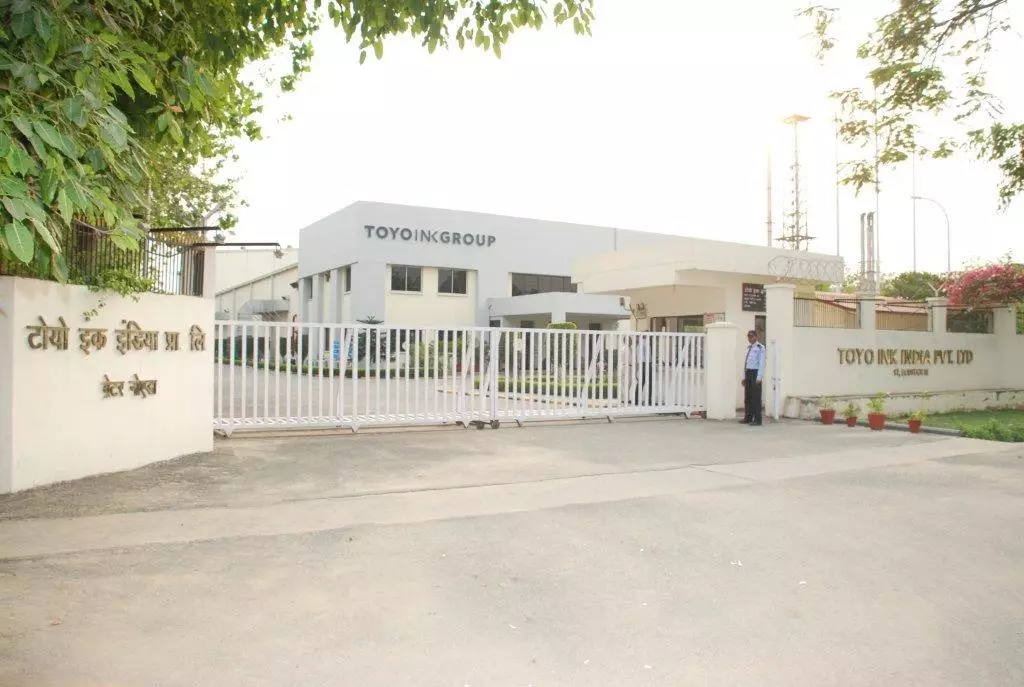
PWI: Your partnership with Heubach was a significant one?
KY: Yes, in 2013, Toyo Colour executed a joint venture for pigments with Heubach as backward integration. The same year, Toyo Ink India also started plastic colourant business, sale of colormaster batches OEM done in Heubach plant. Offset sales were rocketing in 2013. This resulted in capacity constraints, which made us invest in the large-scale high quality manufacturing facility in Gujarat which started operation in 2014.
PWI: Your most successful ink series and why?
KY: All our inks series are champion performers in their designed field based on classification set according to the local market requirement. This is the biggest advantage of having local product specifically designed for local requirement on a par with global standards.
PWI: Toyo Ink Group’s 2015 sales figure in the printing related business remained the same as the previous year at JPY 84,439-mn excepting packaging related, which saw a rise of 2.4% year-on-year to JPY 64,623-mn. How has the year 2016 been until now?
KY: In offset inks, the export profit from Japan was squeezed by the strong yen, in addition to the continuous decrease in demand due to the structural depression where the information-related print market shrank associated with the progress of digitalisation within the country. However, sales of UV ink expanded not only in Japan but also on a global scale, particularly in Europe, and sales of hard coating agents for touch panels were also strong. As result of the above factors, sales in the overall printing and information related business for the first quarter was down by 2.5% year-on-year (first quarter).
PWI: A statement from Toyo Ink said the packaging market continues to be a bright spot in the industry on a global basis. What’s the India numbers — sales and growth?
KY: We expect a growth of 10-15% or more in 2017.
PWI: The other important development was the rise of eco-friendly inks for packaging expanded in India.
KY: These are inks required by brand owners which are in compliance with European regulations and most importantly without compromising on print quality.
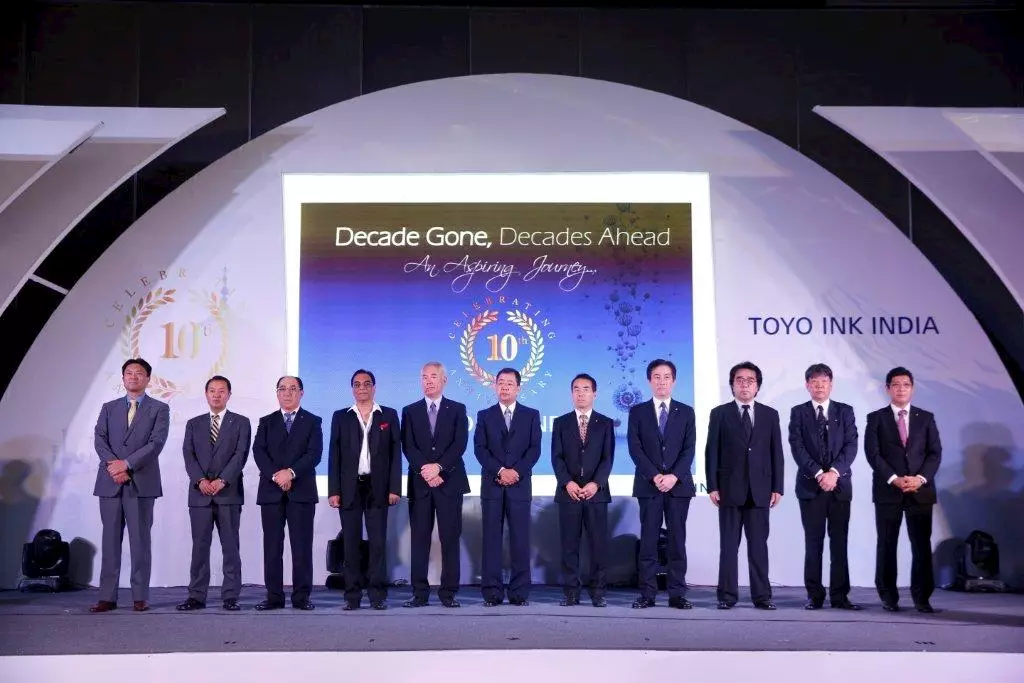
PWI: Can you elaborate what type of inks are these?
KY: We will be utilising our new state-of-the-art polymer factory in Gujarat to manufacture the special polyurethane resign for these NTNK inks. These are gravure inks which can be used for various substrates and applications. We also have recently launched water-based flexo inks for pre-print applications.
PWI: For a long time, VOC-free inks has been only a slogan, at least in India… Is that changing? Is Indian market ready for this? I mean, have the customers started demanding toluene-free or ketone-free inks?
KY: Yes. As I mentioned earlier, India is playing a major role in global supply chain. The market in India is on a par with other developing countries. The need of NTNK inks is on a rise and we are here to fulfil this need.
PWI: Can you share what you are doing towards your push on further development of non-VOC sheetfed, water-based inkjet and water-based liquid inks, energy-curable inks?
KY: These are all environment-friendly inks, which is our strength. We are the undisputed leader in all the segments. To begin with, most of our group companies manufacture non-VOC sheetfed inks and this is more than 10-year-old product of ours. Water-based inkjet high density printing – a process which is usually challenged by high absorption, and our unique knowhow of direct printing on substrates without using primers, etc are the way forward. Water-based liquid inks has received a very strong response during this year’s Drupa, where the newly developed and launched flexo ink series enables high-speed printing at a maximum speed of 500 metres per minute, which once considered impossible to achieve using water-based inks. The same goes with energy-curable inks, which is growing at a rapid pace all over the global printing industry. The recent launch of UV-curable Flexo Kaleido inks is designed in response to demands of today’s flexible packaging market for high-impact, vivid colour reproduction. This product is ideal for the high design demands of tag and label printing, especially when used in combination with Toyo’s expanded-gamut pigments and unique colour management system, which were tailor-made for this specialty ink.
Toyo Ink Group offset plant
PWI: How is the Kaleido series of sheetfed inks performing, now that you have also launched the Flash Dry FL Kaleido series of flexo inks?
KY: This is our ‘face product’ – a high-end product which requires teamwork with our customer to get desired result. We are proud to say that in India, some customers have tried and are extremely delighted and convinced with the outcome. The sales for this brand is picking up which also helps us to further strengthen our image in India as a partner who helps our customers to add value to their business. We have high expectations from the newly launched Kaleido for UV flexo in Japan.
PWI: Clearly, packaging and UV seem to be your two growth segments in the future. What exactly is driving this belief? How will you tackle the Indian packaging market?
KY: The commercial segment in India still has a steady growth but definitely as all ink manufactures believe, it is the packaging which will have a tremendous growth in India. The middle section of the society is growing at a very rapid pace and is very demanding. As a result, we are focussing on the packaging requirement. We have the complete product basket required by the brand owners and also by the converters. Arets coming in is of a big help. Together with Arets, we are a very strong supplier to cater to a variety of requirements from our esteemed customers.
PWI: It’s said that water-based flexo inks for flexible packaging and the healthcare markets as areas of future growth? You agree?
KY: Definitely, as I said packaging is "the" area of focus and the market will sooner or later will shift to flexo. Healthcare is a sensitive market though it is everlasting.
PWI: Toyo Ink acquired DYO Printing Inks. This is the 22nd largest ink company in the world. Are we going to see expansion only by acquisition and not organic plant developments?
KY: No. Toyo Ink has 80 subsidiaries all around the globe. We believe in contributing to the enrichment of life and culture throughout the world by ‘monozukuri’, which means ‘craftsmanship. This is the ability to utilise locally available resources to produce and consume locally.
PWI: In India, inks like HUV or LED UV have still not made an impact, though there are presses that are capable of running these inks. Cost of the inks is the determining factor. How long will it be take for prices of these inks to become affordable?
KY: Actually, it’s the other way around where we need to convince our customers that we are here to add value to their business as ink price on their final product is negligible. I am sure the energy curing market will grow in India at a very rapid pace to meet the growth in packaging sector.
PWI: Just for our understanding, how many running metres in flexo and number of sheets in offset does 1 kg Toyo ink achieve?
KY: I am sorry for not been able to answer this question, as it might mislead the readers. This completely depends on various given conditions. One thing we can say is our inks have good running mileage due to its density.
PWI: Though stabilising a bit, the print media overall is still seen as a shrinking market, at least in the West. And even if the Asian markets are seen to be a growth market, there are challenges. Toyo’s result in publication ink, both gravure and offset, continues to fall. What’s the scenario in India? How do you plan to tackle the Indian print media market?
KY: As I mentioned earlier, India is still growing due to its immense area and its rising population, especially the middle section of society. We have the complete basket. Furthermore, we do good interaction with our customers through seminars which helps us to add value in their existing business.
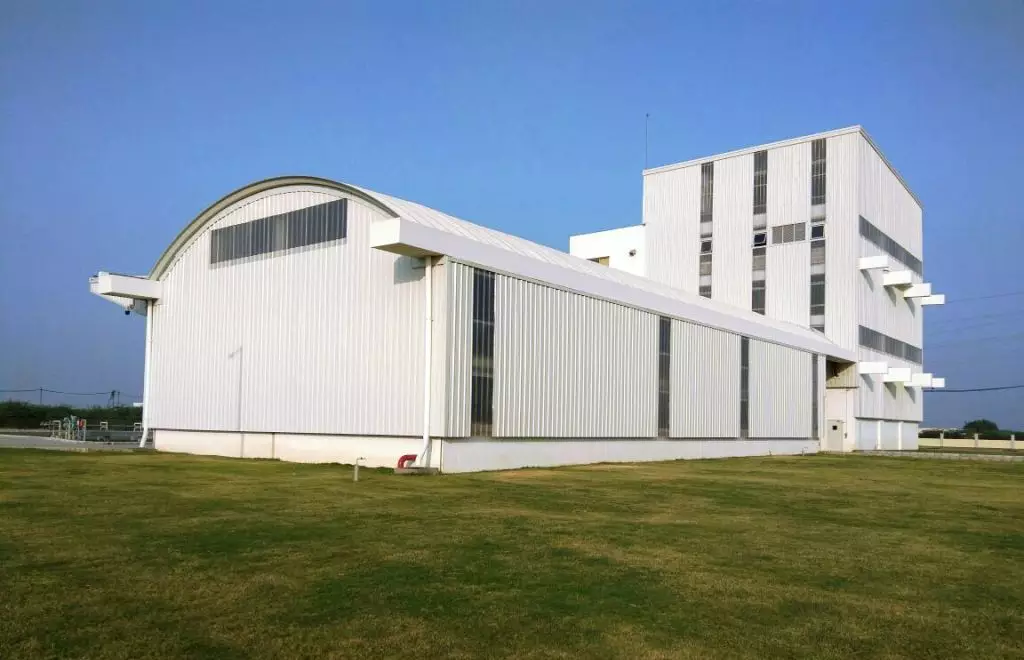
Polymer factory in Gujarat
PWI: Any developments in the digital ink arena?
KY: Apart from the new water-based product launch, with the rising demand in India and surrounding region, we have now expanded our capacity to 1,200 tpa in the Delhi plant.
PWI: Toyo’s plant in Delhi and Vadodara – any expansion plans here? Are you looking at the India operation becoming an export hub?
KY: The India operation is very close to becoming a mini Toyo Ink where it has products manufacturing related to all the three main operating companies of Toyo Ink SC holdings. We still are expanding in India as our group is sincerely focused in Indian market requirements. If we are left with capacity, we will surely cater export requirements.
PWI: Your advice to print firm CEOs on how to excel in today’s crowded Indian print landscape?
KY: India is a lovely nation, where I feel if we have good relationships supported by quality and supply, then the market supports the company’s growth. Most important is to grow together where all gain by doing value addition through continuous innovation.


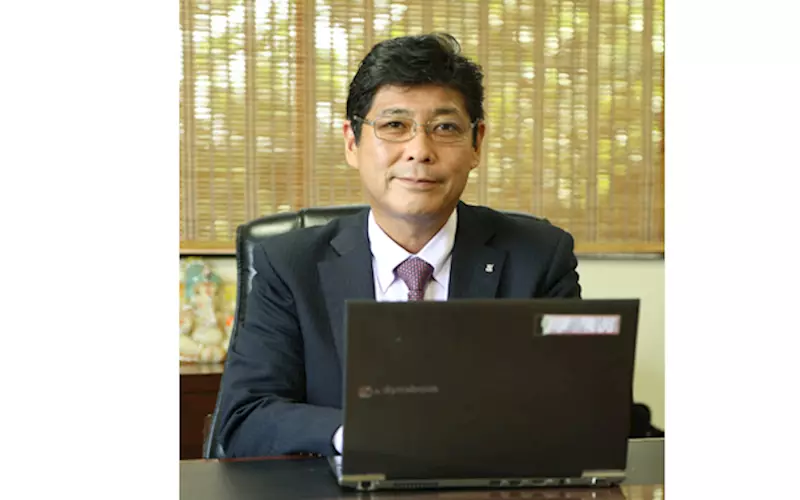
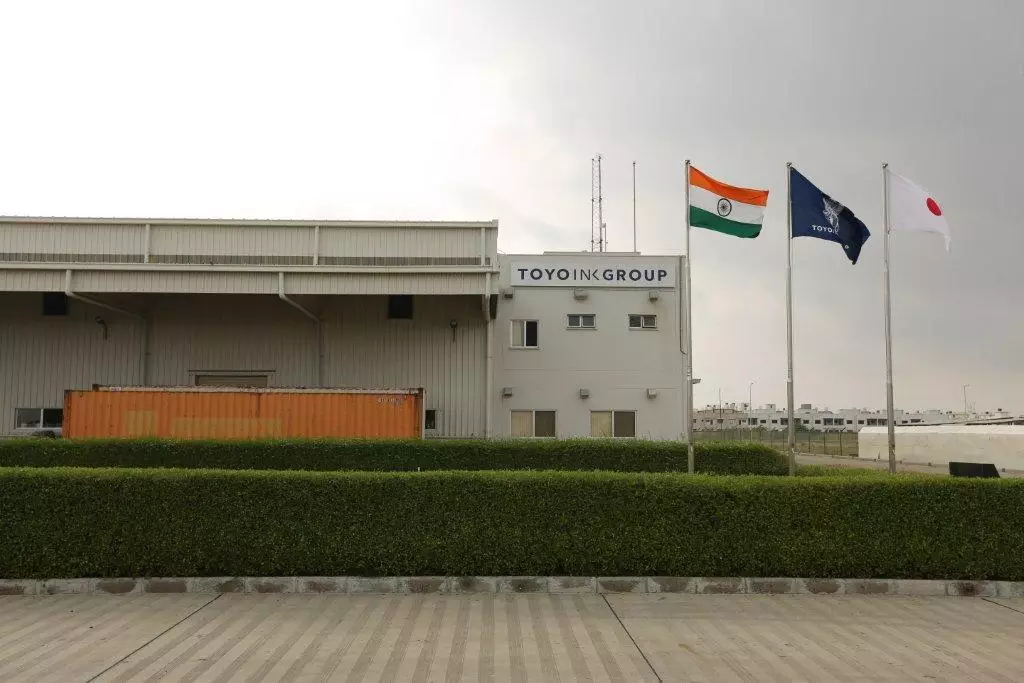








 See All
See All